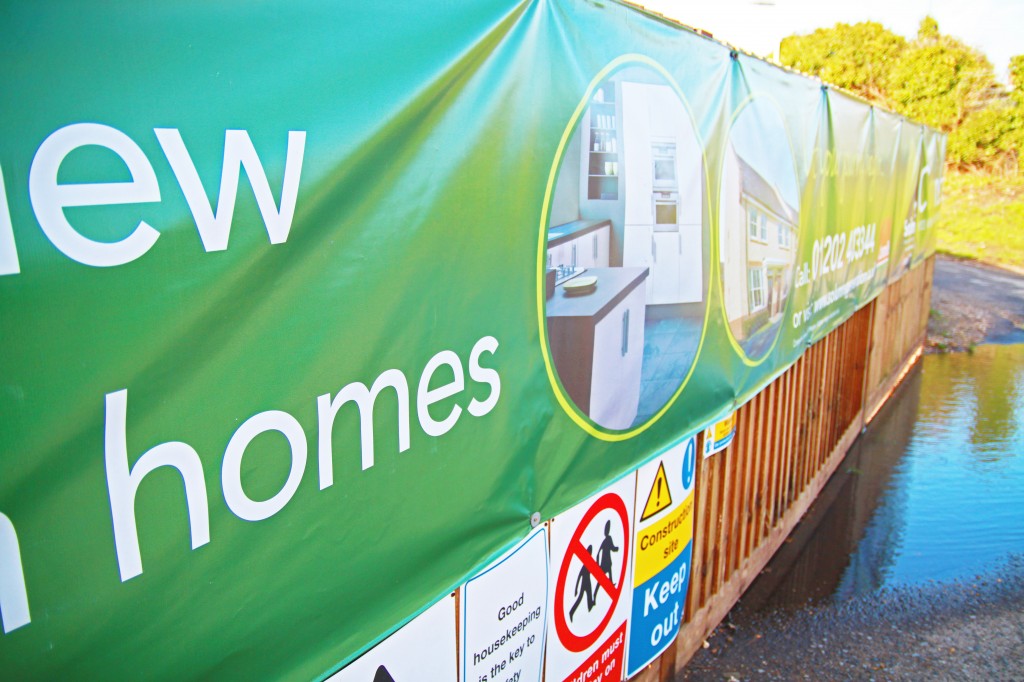The aim of the National Planning Policy Framework is to make it easier for builders and developers to gain planning consent for the right sites, boosting jobs and home building.
Despite a recent bout of good news from the major house builders, volumes are still significantly depressed – fewer than half of the 230,000 homes a year needed are being built.
So after months of wrangling with countryside campaigners, amendments and appeasement, what is the result and who will feel the effects?
Lawyers sharpen their pencils?
The ball has firmly been tossed to local councils, who have a year to develop 5 year local plans to meet housing needs in their areas. The onus will fall on the council to approve ‘sustainable’ developments – defined as projects with positive economic, social and environmental effects.
Some direction is given to prioritise brownfield sites and protect greenbelt, but the 219 points are worded so loosely that interpretation may lie in the eyes of the beholder. Perhaps an inevitable consequence will be legal scraps – developers protesting against five year plans and appealing against specific planning decisions. As Jon Neale, director of residential research at Jones Lang LaSalle points out – “people will see what they want to see in it”.
Clark rejects this suggestion – “If there is scope for dispute with 47 pages, imagine what it was like with 1,000 pages”, he said. Two years ago Eric Pickles, the communities secretary abolished Labours region-by-region housing targets, seeking to reduce the detailed voluminous prescription, which some argue led to fewer homes being built than in any decade in the past 100 years.
What The House Builders Say
Reaction form the house builders has lain somewhere between muted suspicion and tepid enthusiasm. The Chief Executive of the Home Builders Federation Stewart Baseley said reasons has been positive but “they will depend to an extent on how local authorities interpret them”.
Residential Eye, a survey of more than 100 land buyers found that opinion was divided on whether the framework will make for easier development: 38% thought there would be no change, 34% said it would be easier and the rest thought it would make development harder. There is no doubt however that planning will become more pertinent as developer run down their land banks.
Opportunity for Self Builders
Buried deep within the 47 pages is a phrase which states that local authorities will henceforth be required to “plan for a mix of housing based on current Adan future demographic trends, market trends and the needs of different groups in the community such as….people wishing to build their own homes”.
Although short on detail, this new policy is exciting the self builders. “This is a watershed moment”, says Ted Stevens of the National Self Build Association. “Rather than just leaving it to people to fight over scraps of land that the big house builders aren’t interested in, councils will have to try to measure the demand from self builders”.
The prospect of councils having to proactively respond to demand for plots could prove a step change in the way we build homes. The demand is certainly there – according to surveys as many as 53% of us want to build our own home, and 12% would like to do so in the next 12 months.
Summary – What Will Change?
- Local authorities will have to draw up five-year plans and stick to 12 key “sustainable principles”
- In doing so, they will have to recognise “the intrinsic character and beauty of the countryside”
- Development on brownfield land will be prioritised – playing fields and gardens will be protected from development
- Proposed schemes will have to demonstrate that they are sustainable
- Shops and businesses will be built in town centres first, rather than out of town sites
- Emphasis on good design – planners have a veto to turn down mediocre proposals
Want to Read the NPPF?
You can read all 47 pages for yourself on the CLG website at http://www.communities.gov.uk/publications/planningandbuilding/nppf

